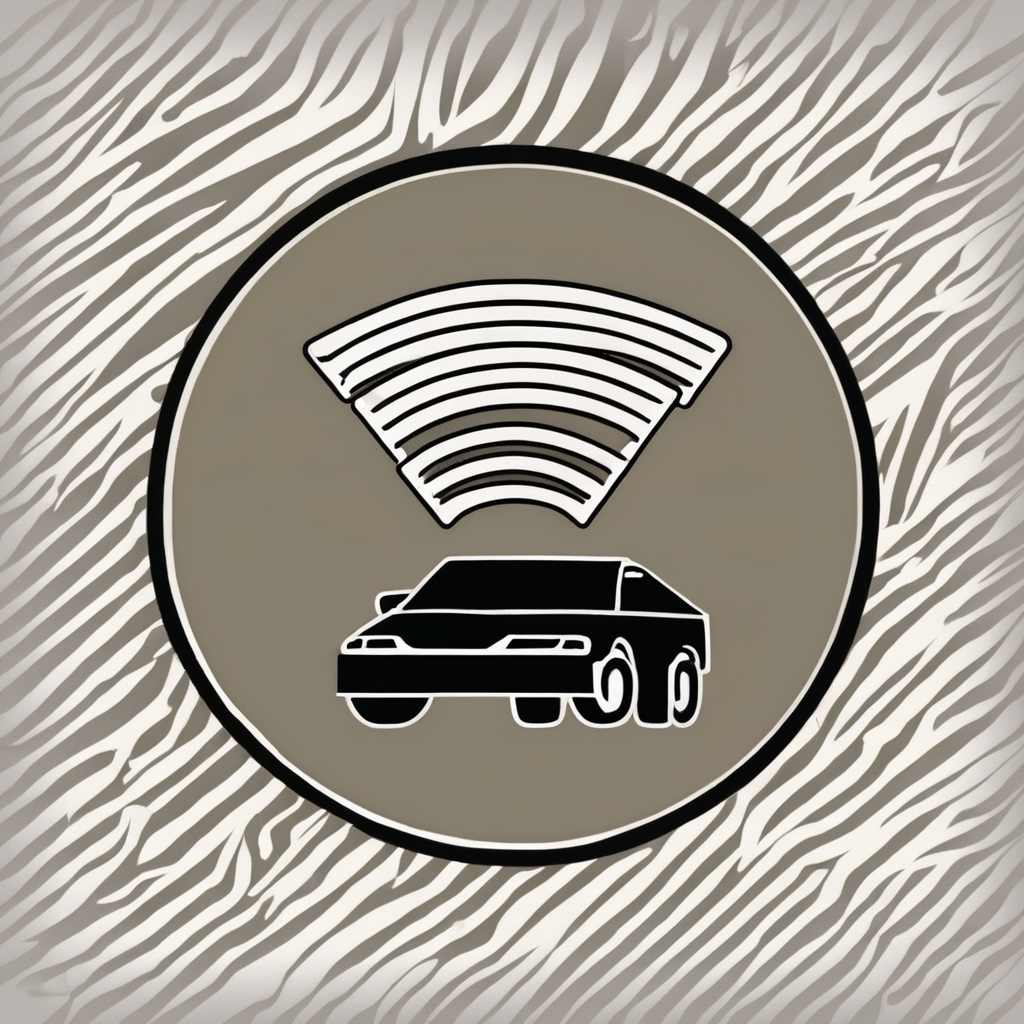Priority emergency braking system checks before every drive
Ensuring your emergency braking system operates flawlessly is among the most critical steps in a reliable pre-drive checklist. Start by pressing the brake pedal firmly to test immediate response and pedal firmness. A spongy or delayed reaction may indicate air in brake lines or worn components, compromising your car’s stopping power.
Next, verify all brake warning lights on the dashboard illuminate briefly when you start the vehicle. If any warning remains on, it signals a potential malfunction needing immediate attention. Ignoring these alerts risks brake failure and endangers all road users.
Also to read : Key strategies to boost your car’s rollover protection systems
Additionally, perform a quick visual assessment of accessible brake parts. Check brake pads for thinning or uneven wear and inspect rotors for grooves or discoloration. Examine brake lines for leaks, cracks or corrosion, which can silently degrade braking efficiency. These simple yet effective steps protect your safety by catching problems early.
By integrating this focused emergency braking system inspection into your routine, you reinforce your vehicle’s safety essentials. It’s a small effort with a significant payoff, elevating your confidence before every drive.
This might interest you : Maximize road trip comfort: top tips for a relaxed cabin and energized driving
Step-by-step guide to inspecting key emergency braking components
Understanding car brake system basics is crucial before diving into a brake component inspection. The emergency braking system comprises parts that require routine checks to ensure safety and reliable performance.
Start with the brake fluid level and condition. Check the fluid reservoir visually—make sure the fluid is within recommended limits and free from discoloration or debris. Brake fluid absorbs moisture over time, which can reduce braking efficiency, so it’s important to refill safely with the exact fluid type specified by the manufacturer.
Next, focus on the brake pads and rotors. Look for pad thickness; thin pads indicate wear and need replacement. Inspect rotor surfaces for deep grooves, cracks, or warping, which can cause vibrations or reduced stopping power. Warning signs like squealing or grinding noises often suggest urgent brake pad inspection.
By regularly understanding how to check brakes and follow this brake component inspection routine, drivers can detect issues early and maintain strong emergency braking performance. This proactive approach supports safer driving conditions and prevents costly repairs.
Recognising warning signs and when to seek professional help
Knowing the signs you need brake repair is vital for your safety. One of the most common brake problems is abnormal noises such as grinding, squealing, or hissing when applying the brakes. These sounds often indicate worn brake pads or damaged rotors that require immediate attention.
Pay particular attention if you experience changes in the brake pedal feel. A soft, spongy, or unusually hard pedal can signal issues ranging from low brake fluid to air in the brake lines. Additionally, an increase in stopping distance during emergency situations is a critical sign of failing brakes and should never be ignored.
Dashboard warning indicators for the braking system provide essential real-time alerts. If you see the brake light illuminated or any ABS warning, it means your car’s computer has detected a problem. In such cases, it’s crucial to avoid delay and seek professional help promptly. Timely brake repair ensures that emergency braking issues don’t escalate into dangerous situations on the road.

